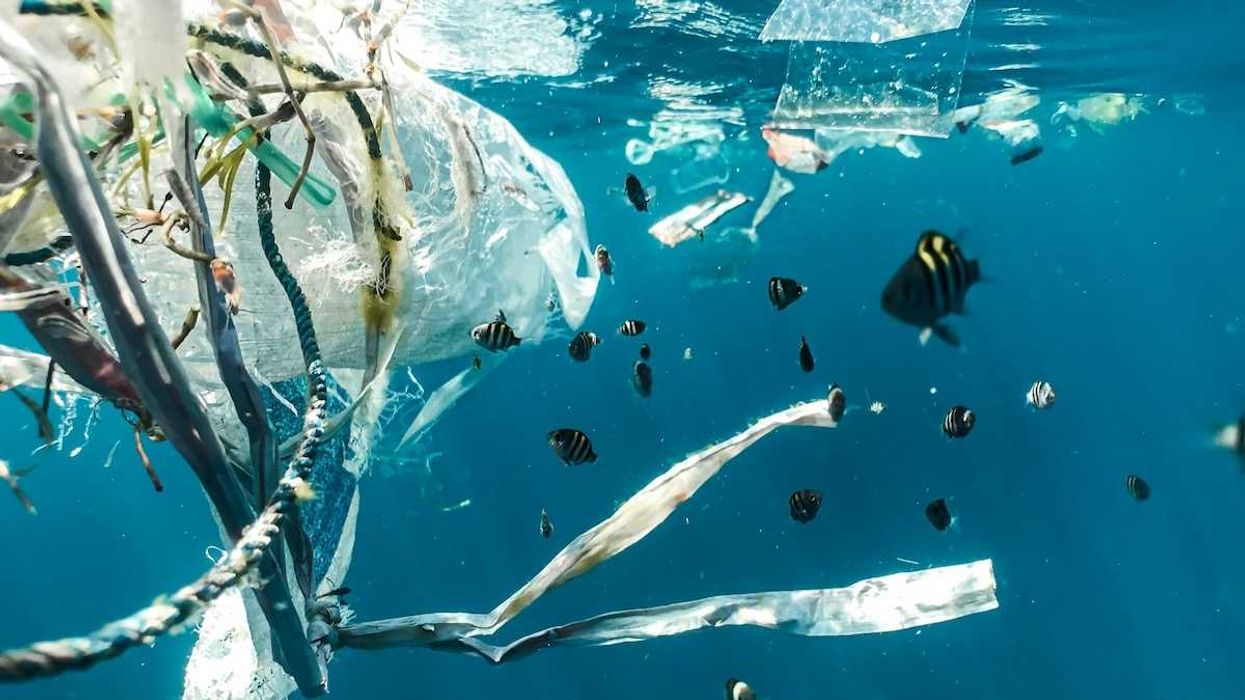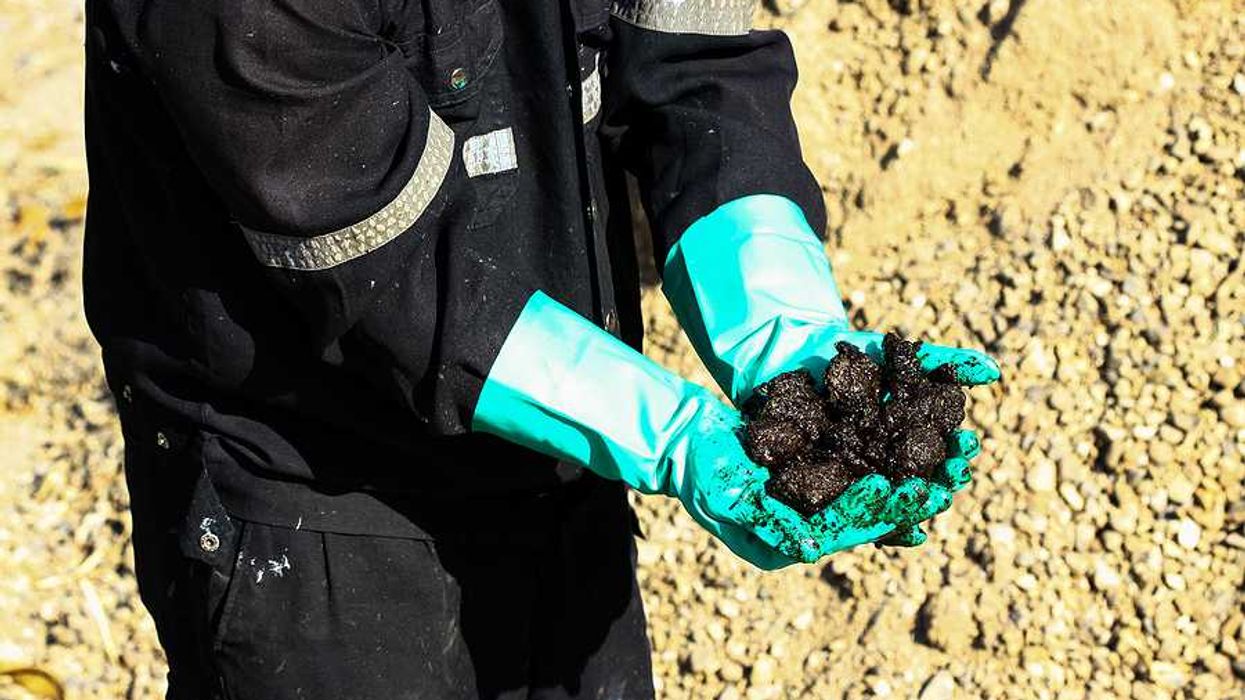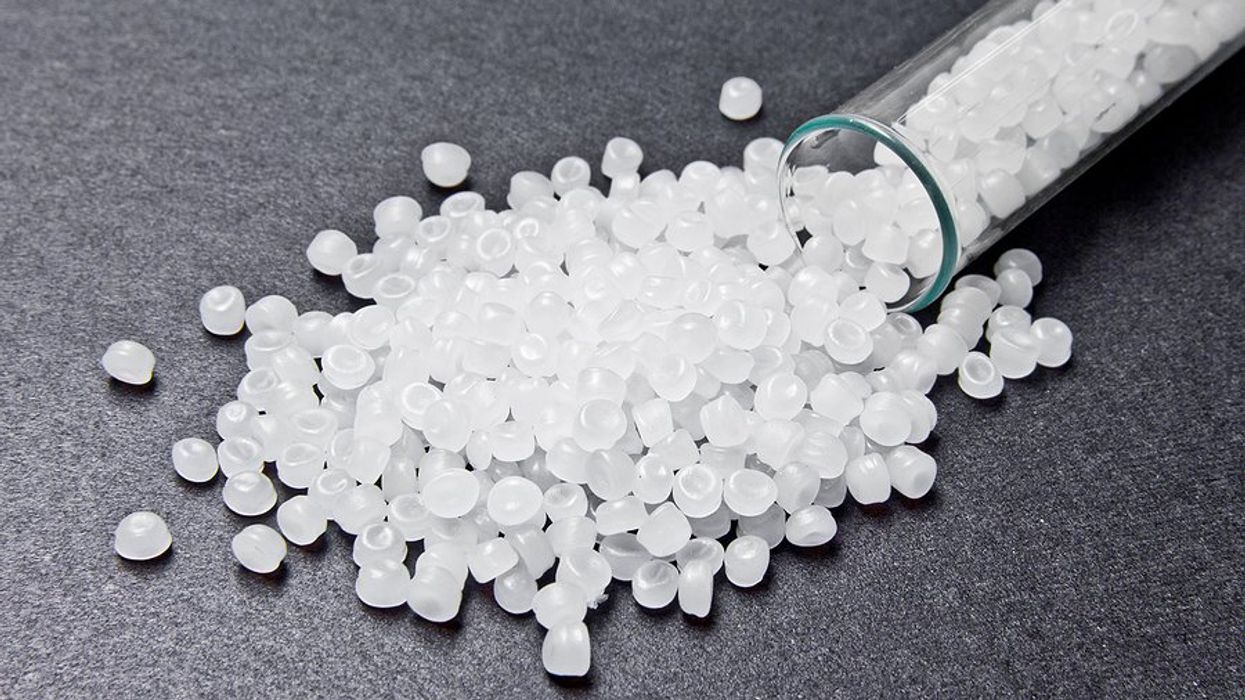Despite significant reductions in mercury emissions, scientists find that mercury levels in tuna have not decreased since 1971.
Matt McGrath reports for BBC News.
In short:
- Scientists have observed stable mercury levels in tuna for more than five decades, despite environmental regulations reducing mercury emissions.
- The persistence of mercury in tuna is attributed to historic emissions that continue to affect ocean ecosystems.
- This phenomenon raises concerns about the long-term impact of legacy pollutants on marine life and human health.
Key quote:
"Our study suggests that we will need massive mercury emissions reductions to see a decrease in tuna mercury levels."
— Anne Lorrain, French National Research Institute for Sustainable Development
Why this matters:
Human activities have led to widespread mercury contamination that persists in popular seafood like tuna. Mercury, primarily from human activities like coal-fired power plants and heavy industry, is found even in the deepest ocean trenches, contaminating creatures like snailfish and crustaceans.














